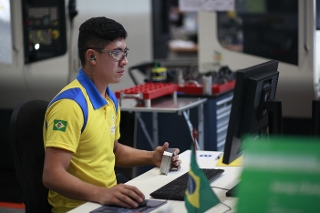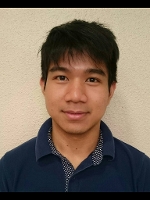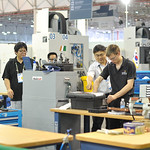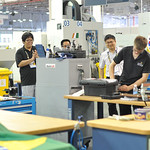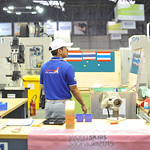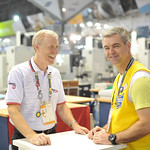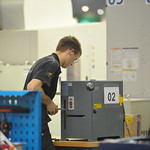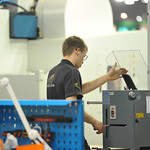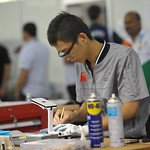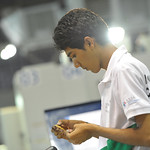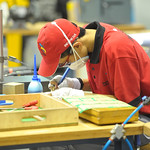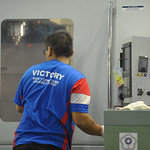Plastic Die Engineering
Skill Explained
Plastic Die Engineers are engaged in the mass production of plastic products of high quality but low cost. This is achieved by producing a mould based on drawings by a competent designer who understands Design for Manufacturing and assembly principles, having hands on injection moulding, mould making, plastic part design and mould design software experiences.
The designing and processing of a mould is done with the help of CAD/CAM (Computer Aided Design/Computer Aided Machining) systems. Most of the machining is done on CNC (Computer Numerical Control) machining centres. The machined parts are then polished according to requirements and assembled to keep them ready for trial. Completed moulds will be installed in an injection moulding machine, and then plastic products are manufactured.
This is a very rewarding profession. Plastic Die Engineers are increasingly in demand. An industrial market research consultancy specializing in plastic products and appliances, predicts that the world’s use of commodity plastic will reach 510 million tons in 2020. Plastic Die Engineering is a fast paced world which is highly creative and full of opportunities for skilled and talented people. It is an essential aspect of engineering because most plastic parts cannot be made without a die. Therefore Plastic Die Engineers are a critical link in the overall plastic injection moulding process.
Light weight, availability of various designs and cost reduction are the greatest advantages to industries. These days, from smart phones to automobiles, since there are so many different fields of industries that plastic die engineering is involved, the demand for plastic die engineering has significantly increased. Plastic injection moulded components are also used in telecommunications, medical, aerospace and automobile industries, for home appliances, office automation, entertainment and electronics. Thus the range of different fields of requirements provide many challenges, ranging from modelling of the product, designing the die, to manufacturing it, inspection and the trouble shooting of moulding defects for good mass production.
The skilled practitioner needs excellent levels of skill in numeracy, hand and machining skill, polishing, assembling, testing and troubleshooting.
What the Competitors do at the Competition
Competitors will be judged on their ability to:
- Design and draw a unit die with Auto CAD Inventor software.
- Machine the Die as per the drawing
- Polish and assemble the die as per requirement
- Produce defect free components as per specification
Competitors
Canjie Huang
China
Soichiro Ikegami
Japan
Donal Logan
Ireland
Mailson Oliveira
Brazil
Sivakorn Saengsuwan
Thailand
Yeong Hwan Seo
Korea
Sunil kumar Sharma
India
Hari Sunarto
Indonesia
Shaiful Rizwan Tajudin
Malaysia
Duong Minh Tuan
Vietnam
YU-CHU Wang
Chinese Taipei
Experts

Hiroki Adachi
Japan

Yung Chang Hsu
Chinese Taipei

Khumarudin Khumarudin
Indonesia

Dinor Martins Junior
Brazil

Ab Jalil Md Noor
Malaysia

Mallinathan Puthukkudi
India

Kieu Van Quang
Vietnam

Stephen Reid
Ireland

Xiaochun Song
China

Rung-rote Tiengkhun
Thailand

Joung Yun
Korea
Videos
A New Look at Skills
Autodesk Publisher 3D models*
Download for desktop
Download for mobile
Autodesk Inventor Data Sets**
* Open the 3D models on desktop with Autodesk Inventor Publisher. On mobile download the Autodesk Inventor Publisher Mobile Viewer app (iOS or Android).
** Students and Teachers can download Autodesk Inventor software via the Autodesk Student Community, Educational Institutions via Autodesk Academic Resource Centre (ARC).

